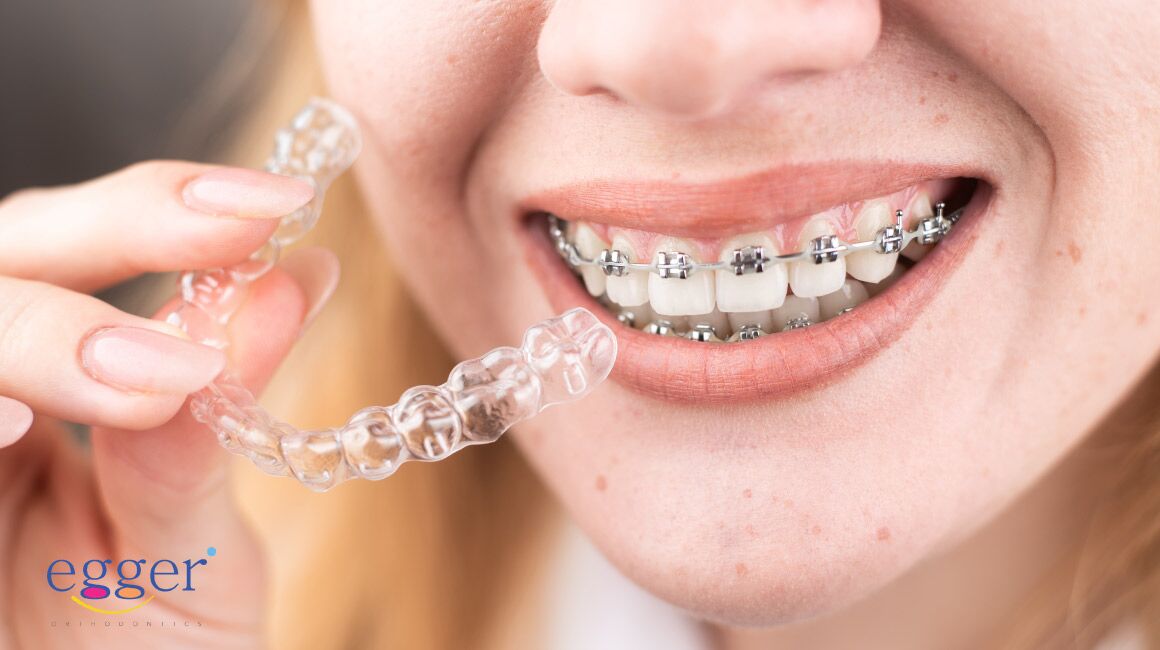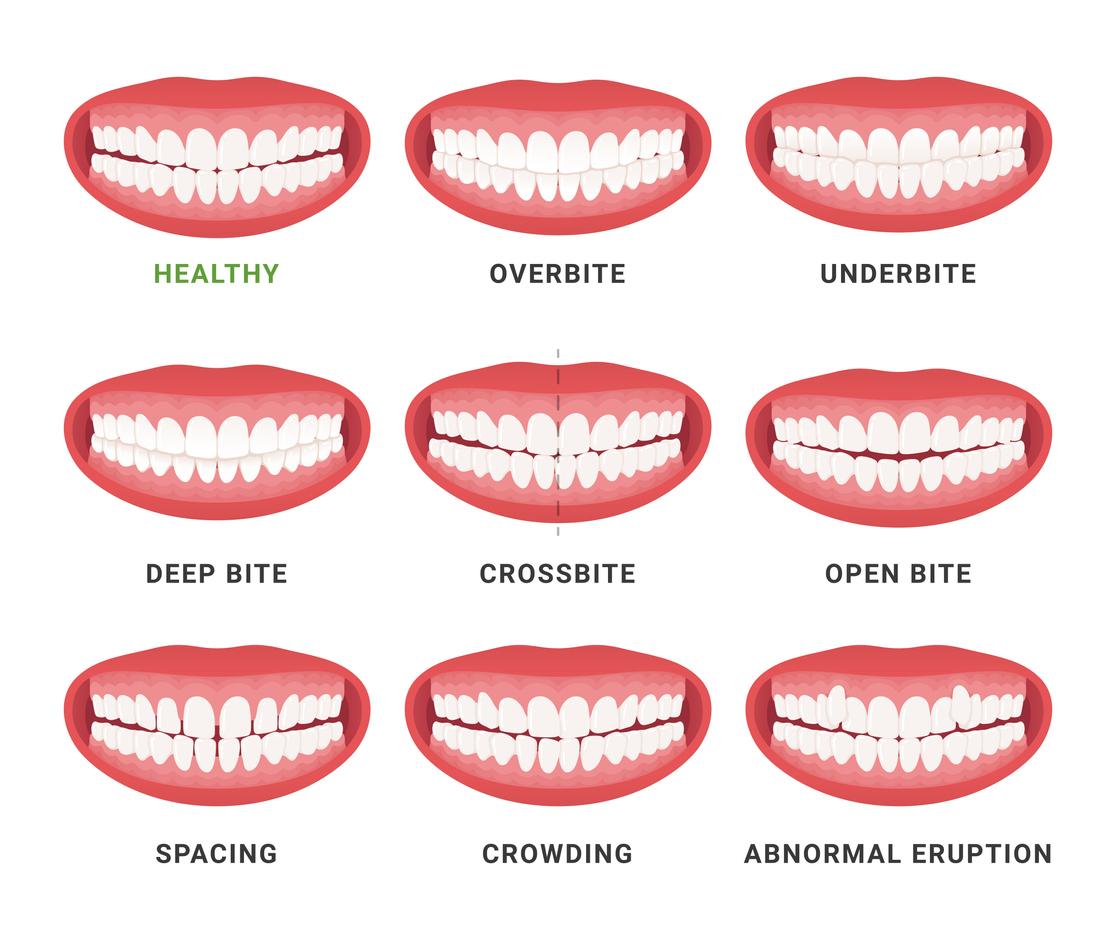How Invisalign Functions: Your Overview to Clear Aligners and Their Effectiveness
How Invisalign Functions: Your Overview to Clear Aligners and Their Effectiveness
Blog Article
Invisalign vs. Traditional Braces: Which Choice Is Right for You?
When taking into consideration orthodontic treatment, the choice between Invisalign and standard dental braces offers numerous important elements that merit cautious analysis. Invisalign supplies a very discreet alternative with removable aligners, while traditional braces supply an extra noticeable yet reliable solution for serious imbalance. Each alternative encompasses distinct benefits and disadvantages connected to appearances, comfort, treatment duration, and cost. Understanding these subtleties is critical for making an educated choice that straightens with your individual preferences and way of life. The concern remains: which option will ideal fulfill your orthodontic demands and expectations?
Review of Treatment Options

On the other hand, standard braces are composed of steel brackets and cables that are bound to the teeth. This method applies continuous stress with time to attain positioning. While efficient for intricate orthodontic issues, conventional dental braces need regular gos to for adjustments and can pose obstacles in keeping dental health due to the trouble of cleaning about braces and wires.
Both options have their benefits, and the selection frequently depends upon specific oral problems, way of life preferences, and individual conformity. Eventually, getting in touch with an orthodontic expert is important for establishing the most appropriate therapy plan tailored to specific requirements. Recognizing the subtleties of each choice can substantially affect the overall success of orthodontic therapy.
Aesthetic Considerations
A considerable variable influencing the selection between Invisalign and typical dental braces is the visual allure each treatment uses. Invisalign aligners are crafted from clear plastic, making them virtually unseen when worn.
On the other hand, typical dental braces contain metal braces and cords, which can be extra obvious. While improvements in orthodontic innovation have caused the growth of smaller braces and colored elastics, conventional dental braces still maintain a more conspicuous profile. For some individuals, the visibility of dental braces may hinder them from seeking essential therapy.
Ultimately, the option between Invisalign and typical braces may hinge on individual choices concerning appearances. People that prioritize discernment frequently lean towards Invisalign, while those who are much less concerned regarding exposure might choose conventional dental braces. Recognizing the visual effects of each alternative is essential for making a notified choice that lines up with one's way of life and choices.
Comfort and Convenience

In regards to benefit, Invisalign aligners are detachable, enabling individuals to appreciate their favorite foods without constraint and maintain optimal oral health. Brushing and flossing are streamlined, as the aligners can be taken out during these regimens, whereas typical dental braces need cautious maneuvering around brackets and cords.
In contrast, typical braces demand routine changes, making them less convenient for those with hectic timetables. Generally, the comfort and ease of Invisalign make it an appealing choice for numerous individuals looking for orthodontic treatment.
Treatment Duration and Efficiency
While both Invisalign and conventional dental braces are reliable in remedying dental imbalances, the period try these out of treatment can differ significantly in between both choices. Usually, Invisalign treatment can take anywhere from 12 to 18 months, relying on the complexity of the instance. The clear aligners work by gradually shifting teeth right into their preferred positions, and normal follow-ups with an orthodontist aid make sure progress stays on the right track.
On the other hand, conventional dental braces usually need a longer dedication, usually varying from 18 months to three years. This results from their fixed nature and making use of brackets and cords, which can be extra effective for extreme misalignments and intricate instances (Invisalign). The treatment performance of traditional braces is well-documented, as they enable specific adjustments and higher control over tooth movement
Inevitably, the choice in between Invisalign and typical braces might depend upon both the anticipated treatment duration and the details dental concerns at hand. Consulting with an orthodontist is essential, as they can offer customized referrals based upon individual needs, ensuring the picked method aligns with desired durations and end results.
Price Contrast and Insurance Choices
Expense plays a significant role in the decision-making process for people taking into consideration orthodontic treatment, whether choosing Invisalign or standard braces. Generally, the expense try this site of Invisalign ranges from $3,000 to $8,000, while standard braces normally cost between $2,000 and $6,000. Aspects affecting these prices include the intricacy of the instance, the period of treatment, and geographical location.
Lots of dental insurance policy strategies offer partial insurance coverage for orthodontic therapies, yet the specifics can vary extensively. Typically, conventional dental braces might be more often covered by insurance policy plans compared to Invisalign, which some insurance companies classify as an aesthetic treatment.
Additionally, several orthodontic practices provide versatile repayment strategies, making both therapy choices extra accessible. Patients must ask about possible funding choices and discounts for ahead of time payments. Assessing the overall cost, consisting of insurance coverage advantages and layaway plan, is necessary for making a notified choice that aligns with both visual preferences and budget factors to consider.

Conclusion
In summary, the option in between Invisalign and traditional dental braces hinges on numerous variables, including visual choices, convenience, therapy duration, and price. Invisalign offers a discreet, removable option that promotes dental health and nutritional adaptability, while standard dental braces might be better for intricate oral issues and frequently come at a reduced cost factor. Ultimately, examination with an orthodontist is important to assess specific circumstances and figure out the most suitable treatment option for accomplishing optimum dental placement.
When taking into consideration orthodontic treatment, the selection in between Invisalign and traditional dental braces provides a number of vital variables that warrant cautious assessment.Comparing Invisalign and standard braces exposes distinct treatment options for orthodontic modification.While both Invisalign and traditional dental braces are reliable in dealing with oral misalignments, the duration of treatment can differ considerably between view the 2 options.Price plays a considerable duty in the decision-making procedure for people thinking about orthodontic therapy, whether deciding for Invisalign or standard braces.In summary, the choice between Invisalign and conventional dental braces hinges on multiple elements, consisting of aesthetic preferences, convenience, treatment duration, and price.
Report this page